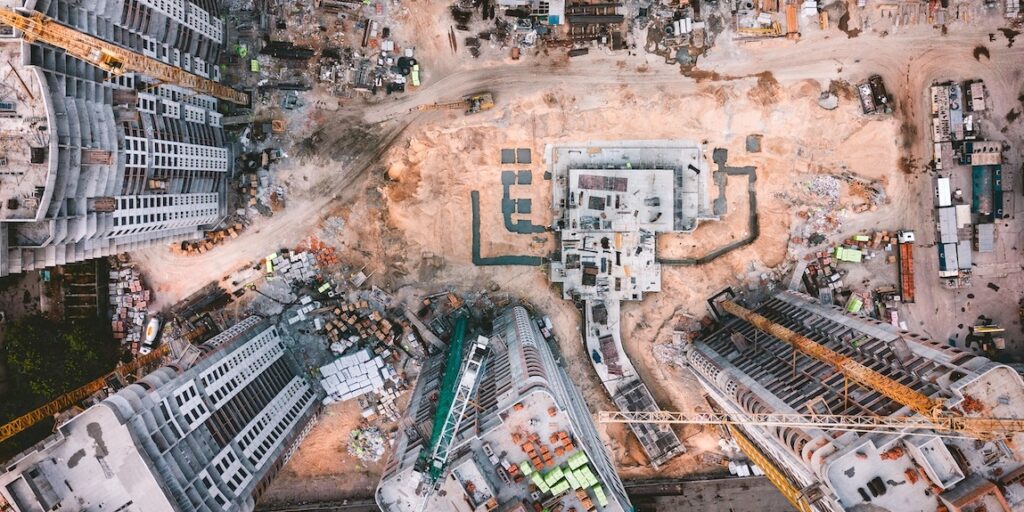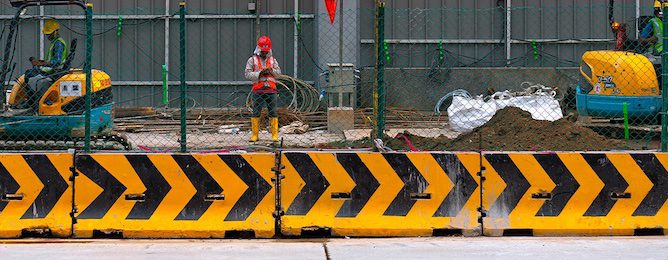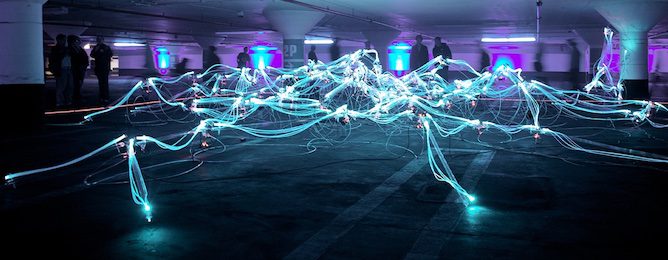

Recently I had the pleasure of participating in a panel discussion hosted by KHL on the topic of Construction 4.0, where this question opened the conversation. The panel agreed that all successful technologies grow from a deep foundation, and construction has created an information wave that is building and gaining momentum. We believe that we are reaching a stage of critical mass where the data cascade will have meaningful influence across the industry.
Over the last five years, we have witnessed this incredible uptick and industry adoption of connectivity systems and devices and see the expanding ecosystem.
As the waters of technological progress surged across construction, the pandemic was like a bow wave giving impetus to site owners, engineers, contractors, OEMs, and rental companies to invest in technology that increases visibility and shortens the cycle times within construction. Today, the buy-in clearly is there: we no longer need to convince anyone that the future is digital.
Now we need to execute in the day-to-day site environment and provide the opportunity to increase efficiency and effectiveness on the ground. Companies like Jacobs Engineering are working with clients to capture large amounts of data and create ecosystems where data becomes a central element. This is processed within a database that is then articulated into drawings, and multi-dimensional models. These are highly detailed and can be used to create digital twins, and plan and execute projects.

Access to technology that provides faster secure transactional technology is another step indicating that data and its support technology is gaining acceptance and driving uptake. Oracle’s Textura payment management has reached the milestone of $1tn in transaction value. This type of system automates the payment process making it faster and more secure. As projects become larger and more complex, the importance of organizations adopting core data backbones is essential and construction is migrating from a drawing and paper-centric model to a data-centric model.
There are developments underway that are exploring the creation of a series of digital backbones that reside in the cloud on which customers can select various technologies and third-party applications, such as wearables, machine data, drone streaming, and reality capture. These smart construction platforms will allow customers to create project ecosystems to efficiently plan and execute projects.
There is a noticeable shift in mindset from “what can this digital product do” to “what can it work with”.
Instead of developing products in silos, we need to think about how digital products and solutions work in the wider ecosystem context to create real value for customers. Customers in construction have increasing expectations for digital services to seamlessly integrate with third parties, guaranteeing remote access to data, enabling OTA (over-the-air) troubleshooting, supporting business processes such as project controls, scheduling, collaboration, document sharing, and a host of more granular activities. This development is driven by consumer technology, where we’ve been experiencing the benefits of connectivity in our everyday lives a long time since.
Sharing data is the entry barrier to playing this game. Any company that is interested in supporting Construction 4.0 and wants to tap into this wave of transformation needs to have a model in place on how to provide data.
A lot of players in the construction ecosystem are well aware of the power of connectivity and it has already changed the way that for example manufacturers develop machines. For the most forward-looking organizations, connectivity is no longer an afterthought. It’s not something that is bolted on at the last minute – it’s built into the machines‘ DNA from the get-go and is becoming a true differentiator in the market. Big rental organizations are looking towards an increasing number of innovative start-ups and building integrations to future-proof their roadmaps.

The data economy is maturing fast, and we see from other industries that a set of rules for data capture and use is essential. But it’s not a question of ‘yes or no to data’, we must help customers and the end-users to understand the benefit they gain from data use, and how that can advantage them in the next project or for new employees onboarding to become more productive and reduce inefficiencies.
We are opening the panoramic view of Construction 4.0 and the opportunities that can be gained not only on an invisible data level but on the physical ground level, where the wider industry can gain from these benefits.
If you are curious to hear directly from the panel speakers, you can rewatch a recording of the webinar here.
So bleiben Sie immer auf dem Laufenden. Wir senden Ihnen eine E-Mail, wenn neue Artikel zum Thema Telematik veröffentlicht werden.